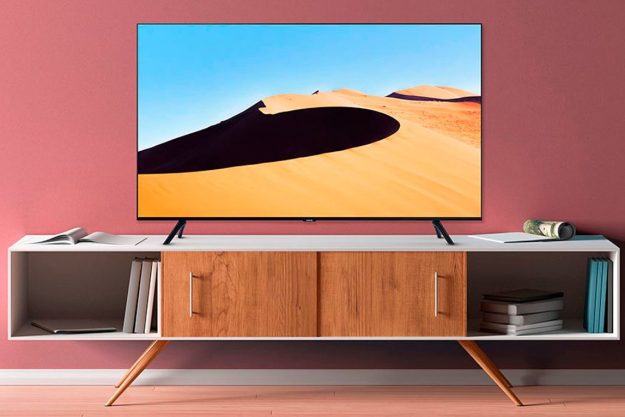These days, you can get an excellent-sounding stereo integrated amplifier for about $1,000 — the Peachtree Nova65se is a great example, as is the NAD D 7050, both of which offer digital inputs, on-board DACs and a respectable amount of power. So why in the world would one entertain the idea of investing four times that — $4,000 — into an integrated amp like Yamaha’s A-S2100, which doesn’t have any digital inputs or Bluetooth for wireless music streaming?
Simply put: Because it is Bad. Ass.
We’re not fooling around here, folks. What the A-S2100 lacks in modern conveniences and all-in-wonder appeal, it makes for with bullet-proof build quality, wicked-smart design, and a healthy dose of good-God-I’ve-just-gotta-have-that allure.
The A-S2100 is is 51.6 pounds of lean, mean, gorgeous audio-making machine. If you don’t feel a surge of pride in ownership when you pull it from its box, then you’re involved in the wrong hobby, my friend. This is a gear-nut’s integrated amp; a music-lover’s integrated amp; and yes, an audiophile’s integrated amp. It has no on-board DAC, because the person who buys it will probably want to keep that separate anyway. It doesn’t come with Bluetooth because the person who buys it would use a high-end network media receiver for that sort of thing, never a tossed-in add-on feature.
Equipped with balanced XLR inputs with reversible polarity, a top-notch phono pre-amp (both MM and MC cartridges welcome) and a discreet headphone output with adjustable trim, the A-S2100 is outfitted with everything a serious audio nutjob (like myself) is prone to salivate over.
As much a trophy as it is a music maker, this latest integrated amp delivers a lot for its $4,000 asking price, not the least of which is a healthy serving of cool by way of its dual VU meters. The Yamaha that ruled in the late 1970’s is back, folks, and it is back in a big way.
Now, if you’ll excuse us, we’re going to go spend a few days in a room with the A-S2100 and let it shower us with audio awesome. We’ll be back to tell you all about how it went.




